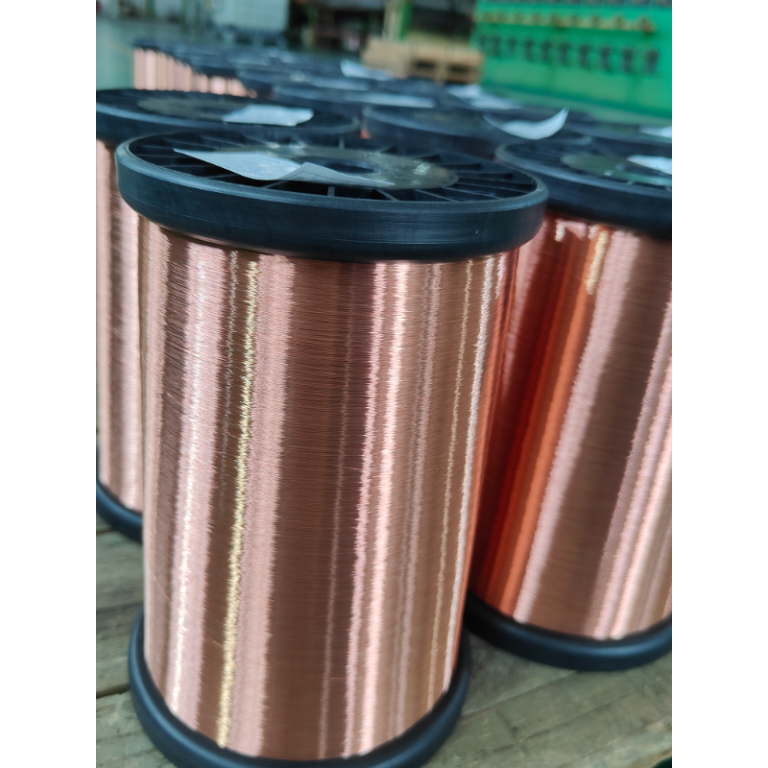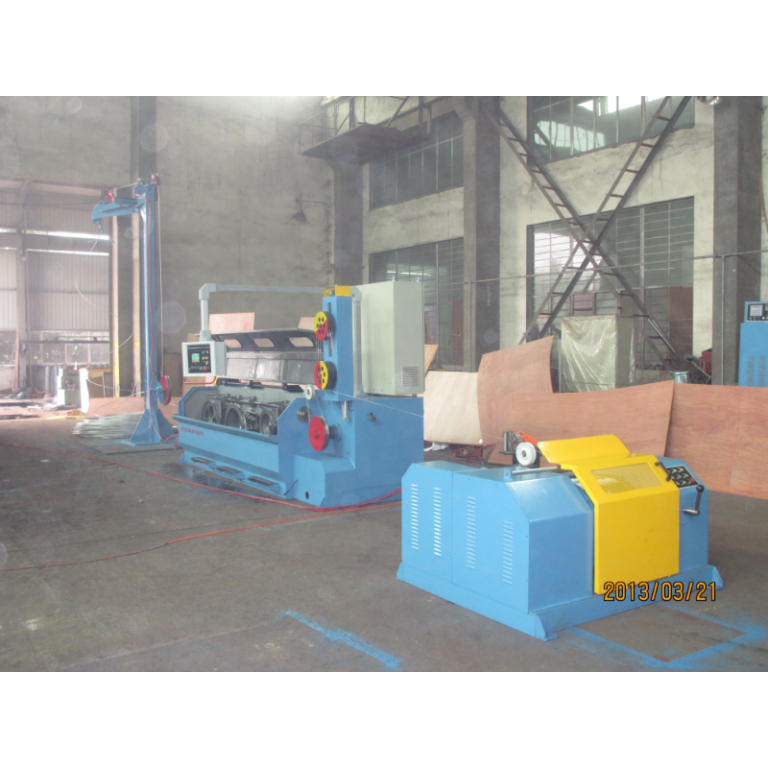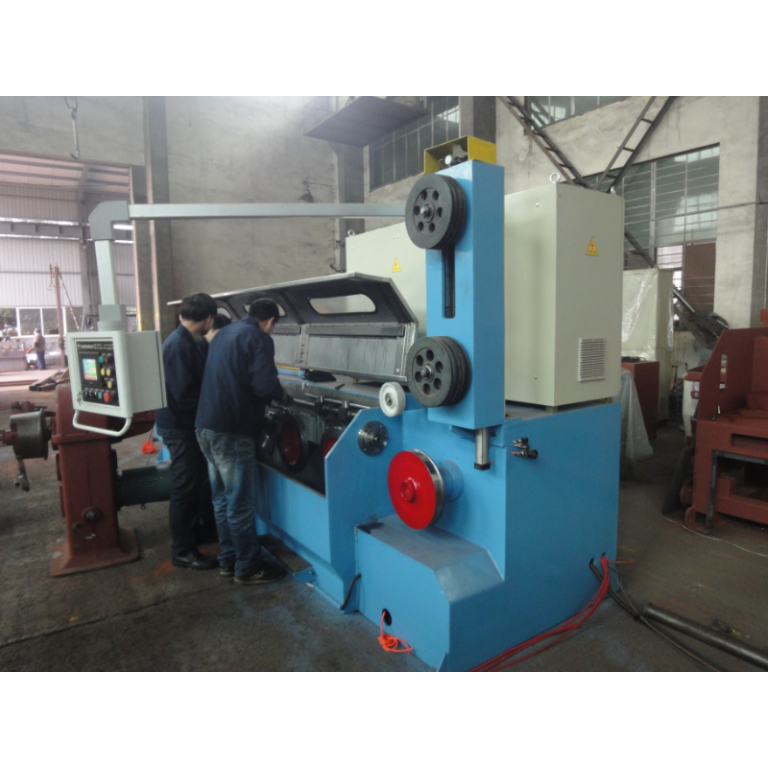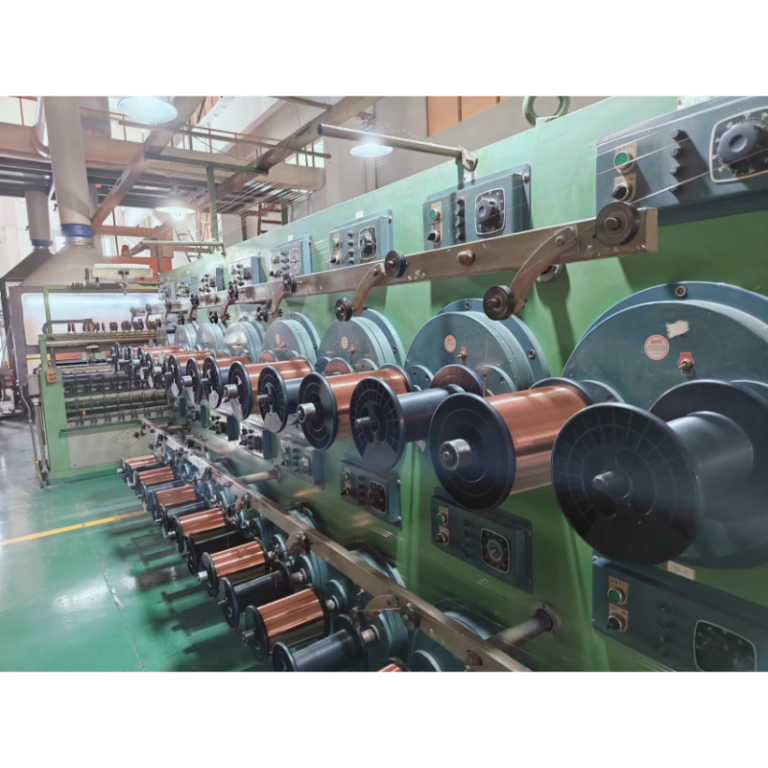Exploring The Enameling Process through horizontal Techniques
Enameling is a centuries-old technique that involves fusing powdered glass to metal to create vibrant and durable designs. While there are many different methods of enameling, one popular approach is the horizontal technique. This process involves laying the metal flat and applying layers of enamel in a horizontal direction. In this article, we will explore the enameling process through horizontal techniques, from preparing the metal to firing the enamel.

The first step in the enameling process is preparing the metal. The metal must be clean and free of any oils or dirt that could interfere with the adhesion of the enamel. This is typically done by sanding or polishing the metal to create a smooth surface. Once the metal is prepared, a base coat of enamel is applied. This base coat helps to create a strong bond between the metal and the subsequent layers of enamel.
After the base coat has been applied, the enameling process can begin in earnest. Layers of powdered enamel are sprinkled onto the metal in a horizontal direction. Each layer must be carefully applied to ensure even coverage and prevent any gaps or bubbles in the enamel. Once the desired design has been achieved, the piece is fired in a kiln at high temperatures to melt the enamel and fuse it to the metal.
One of the key advantages of the horizontal enameling technique is the ability to create intricate designs with multiple layers of enamel. By applying the enamel in a horizontal direction, artists can build up layers of color and texture to create depth and dimension in their work. This technique also allows for greater control over the final appearance of the piece, as artists can easily adjust the placement and intensity of each layer of enamel.
In addition to creating visually stunning designs, Horizontal Enameling Machine also produces durable and long-lasting pieces of art. The fusion of the enamel to the metal creates a strong bond that is resistant to chipping, scratching, and fading. This makes horizontal enameling an ideal technique for creating jewelry, decorative objects, and other items that will be handled and worn regularly.
While the horizontal enameling process is relatively straightforward, it does require a certain level of skill and precision to achieve the desired results. Artists must have a good understanding of how different colors and types of enamel will interact with each other during firing, as well as a steady hand for applying the enamel in a smooth and even manner. Practice and experimentation are key to mastering the horizontal enameling technique and developing a unique style.
In conclusion, the enameling process through horizontal techniques offers artists a versatile and dynamic way to create beautiful and durable pieces of art. By carefully preparing the metal, applying layers of enamel in a horizontal direction, and firing the piece in a kiln, artists can achieve stunning results that showcase the vibrant colors and intricate designs of enamel. Whether you are a seasoned enamelist or just starting out, exploring the horizontal enameling technique can open up a world of creative possibilities and allow you to create truly unique and memorable pieces of art.






